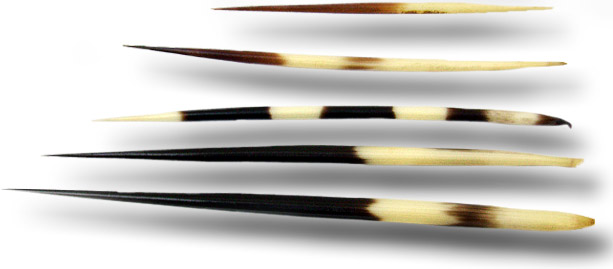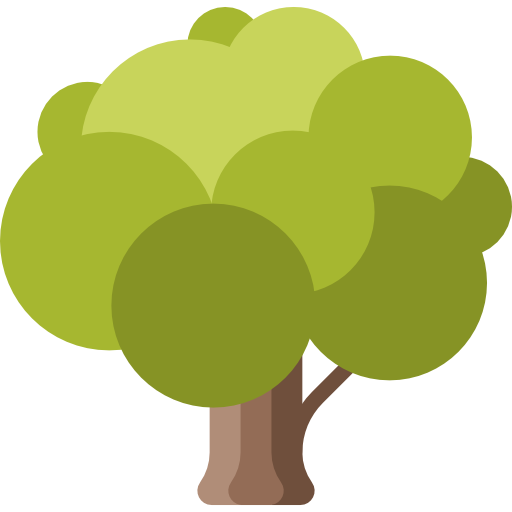يبلغ طول النيص – الشيهم من 70 إلى 90 سنتم. ينشط ليلاً ولكنه يظهر أحياناً في النهار. يعيش في المناطق الزراعية والأراضي ذات الشجيرات الكثيفة حيث يحفر لنفسه أنفاقاً يعيش فيها. ويمكن مشاهدته في كهوف طبيعية. للنيص شوك طويل أبيض وأسود وهو مثبت على جسمه بشكل ضعيف. فإذا ما حاول حيوان كبير أن يقتله ويأكله فإنه يرجع إلى الخلف فتصطدم أشواكه بعدوه وتبقى الأشواك معلقة بأنف العدو في باطن قوائمه، الأمر الذي يردع الحيوانات عن اصطياده. يتغذى على النباتات والجذور الدرنية ولحاء الأشجار.
 Porcupines are large rodents with coats of sharp spines, or quills, that protect them against predation. The term covers two families of animals: the Old World porcupines of family Hystricidae, and the New World porcupines of family Erethizontidae. Both families belong to the infraorder Hystricognathi within the profoundly diverse order Rodentia and display superficially similar coats of rigid or semi-rigid quills which are modified hairs composed of keratin. Despite this, the two groups are distinct from one another and are not closely related to each other within the Hystricognathi. The largest species of porcupine is the third-largest living rodent in the world after the capybara and beaver.
Porcupines are large rodents with coats of sharp spines, or quills, that protect them against predation. The term covers two families of animals: the Old World porcupines of family Hystricidae, and the New World porcupines of family Erethizontidae. Both families belong to the infraorder Hystricognathi within the profoundly diverse order Rodentia and display superficially similar coats of rigid or semi-rigid quills which are modified hairs composed of keratin. Despite this, the two groups are distinct from one another and are not closely related to each other within the Hystricognathi. The largest species of porcupine is the third-largest living rodent in the world after the capybara and beaver.
They live in wooded areas and can climb trees, where some species spend their entire lives. They are less strictly nocturnal than their Old World counterparts, and generally smaller. In taxonomic terms, they form the family Erethizontidae.
Most porcupines are about 60–90 cm (25–36 in) long, with a 20–25 cm (8–10 in) long tail. Weighing 5–16 kg (12–35 lb), they are rounded, large, and slow, and use an aposematic strategy of defence. Porcupines’ colouration consists of various shades of brown, grey and white. Porcupines’ spiny protection resembles that of the unrelated erinaceomorph hedgehogs and Australian monotreme echidnas as well as tenrecid tenrecs..

Comments are closed.